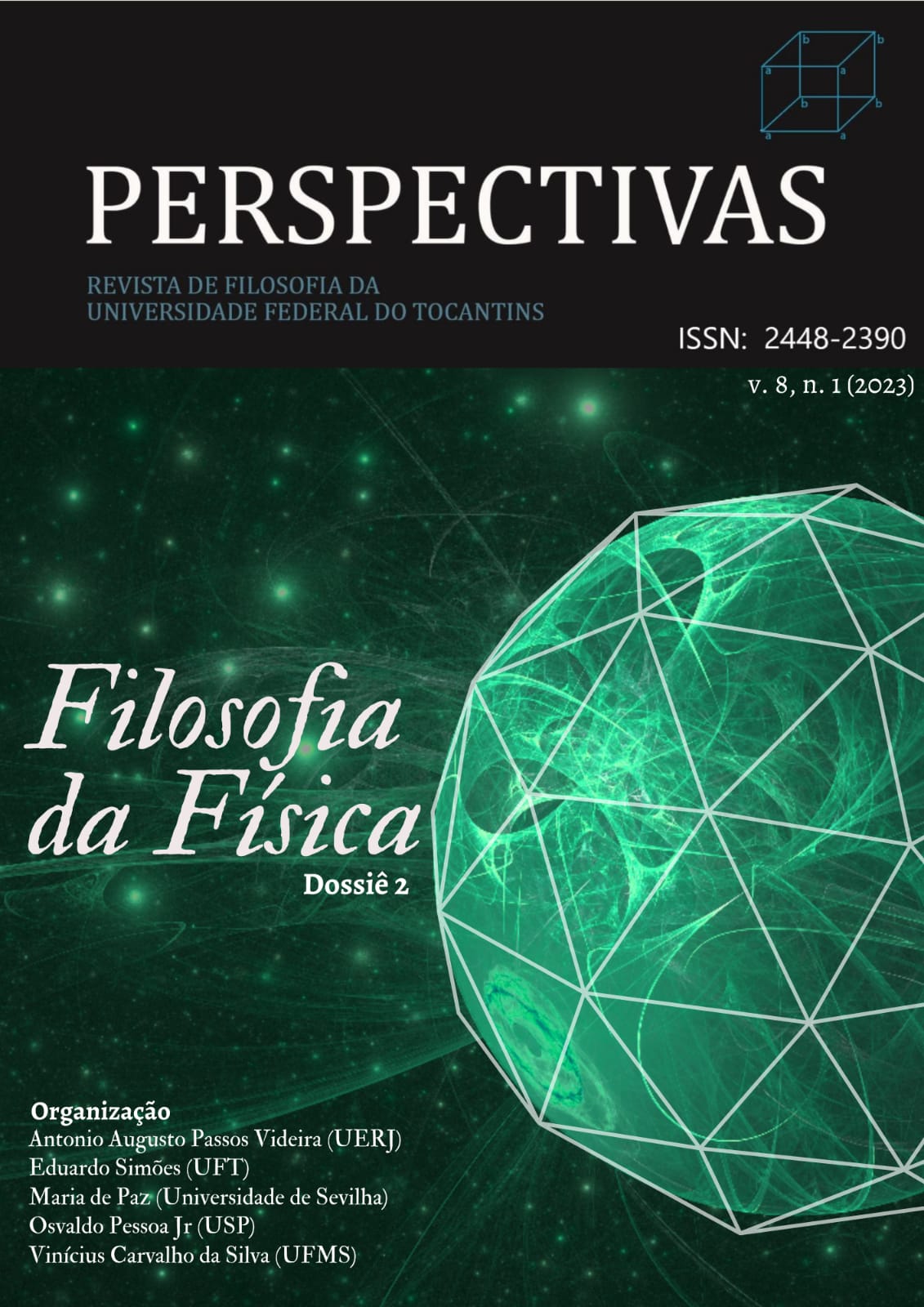Some reflections on the semantic approach, tarskian truth and structuralism
DOI:
https://doi.org/10.20873/rpv8n1-69Abstract
In the present paper, we return to one of the main theses we already defended concerning the role of the tarskian truth notion within the semantic approach (CARNIER, 2022). As it was argued, this truth notion proves to be insufficient to be applied to scientific theories as they are conceived by this approach, i.e., as extralinguistic entities, because it is a property of sentences and because the tarskian truth of a sentence doesn't necessarily mean the world is as it describes, which results in the fact that other truth conceptions more appropriate need to be articulated within the several members of the semanticist family, in order to characterize the relationship between theory and phenomenon. Our argument in this regard was based in a case study applied to constructive empiricism and quasi-realism, but in this paper we extend our analysis to structuralism, assuming and endorsing the position according to which this proposal may be considered a member of the semantic approach.
References
ADAMS, E. W. The foundations of rigid body mechanics and the derivation of its laws from those of particle
mechanics. In: HENKIN, L.; SUPPES, P.; TARSKI, A. (Eds.). The axiomatic method. Amsterdam: North
Holland, 1959, p. 250-265.
BALZER, W.; MOULINES, C. U.; SNEED, J. D. An architectonic for science: the structuralist program. Dordrecht:
D. Reidel, 1987.
BUENO, O. O empirismo construtivo: uma reformulação e defesa. Campinas: Coleção CLE, 1999.
BUENO, O. Quase-verdade: Seu significado e relevância, 2018. Available in: https://web.as.miami.edu/personal/obueno/Site/Online_Papers_files/QuaseVerdade_Signific%26Import.pdf
CARNAP, R. The methodological character of theoretical concepts. In: FEIGL, H.; SCRIVEN, M. Minnesota studies in the philosophy of science, Vol. I. Minneapolis: University of Minnesota Press, 1956, p. 38-76.
CARNIER, C. R. Algumas reflexões sobre a verdade tarskiana, a quase-verdade e a abordagem semântica. Cognitio: Revista de Filosofia, v. 23, n. 1, p. e56870, 2022.
CHANG, C. C.; KEISLER, H. J. Model theory, 3rd ed. Amsterdam: North-Holland, 1990.
DA COSTA, N. C. A.; FRENCH, S. Science and partial truth. Oxford: Oxford University Press, 2003.
DÍEZ, J. A.; LORENZANO, P. La concepción estructuralista en el contexto de la filosofia de la ciencia del siglo
XX. In: DÍEZ, J. A.; LORENZANO, P. (Eds.). Desarrollos actuales de la metateoria estructuralista: problemas y discuciones. Bernal: Universidad Nacional de Quilmes, 2002, p. 13-78.
KUHN, T. S. The copernican revolution: planetary astronomy in the development of western thought. Cambridge: Harvard University Press, 1957.
PUTNAM, H. What theories are not. In: NAGEL, E.; SUPPES, P.; TARSKI, A. (Eds.). Logic, Methodology and Philosophy of Science. Stanford: Stanford University Press, 1962, p. 240-251.
SNEED, J. D. The logical structure of mathematical physics, 2nd ed. Dordrecht: D. Reidel, 1979.
SUPPE, F. The Structure of Scientific Theories. Urbana/Illinois: University of Illinois Press, 1974.
SUPPE, F. The semantic conception of theories and scientific realism. Urbana/Illinois: University of Illinois
Press, 1989.
SUPPES, P. Representation and invariance of scientific structures. Stanford: CSLI Publications, 2002.
TARSKI, A. The semantic conception of truth and the foundations of semantics. In: Readings in philosophical
analysis. New York: Appleton-Century-Crofts, 1949, p. 52-84.
PERSPECTIVAS | VOL. 8, Nº 1, 2023, P. 296-311
Some reflections on the semantic approach, Tarskian truth and structuralism
DOI: 10.20873/rpv8n1-69
TARSKI, A.; VAUGHT, R. L. Arithmetical extensions or relational systems. Compositio Mathematica, v. 13, n. 2,
p. 81-102, 1957.
VAUGHT, R. L. Model theory before 1945. In: HENKIN et al. (eds.). Proceedings of the Tarski symposium. Providence: American Mathematical Society, 1974, p. 153-172.
Downloads
Published
How to Cite
Issue
Section
License
Copyright (c) 2023 Rodolfo Cunha Carnier

This work is licensed under a Creative Commons Attribution 4.0 International License.
The Magazine is under the Creative Commons Attribution 4.0 International Public License (CC BY 4.0), according to which:
1) The authors retain the copyright and grant the journal the right of first publication, with the work simultaneously licensed under the Creative Commons Attribution which allows the sharing of articles published with the recognition of authorship and initial publication in this journal.
2) Authors are authorized to enter into additional contracts separately for distribution of the version of the work published in this journal, as long as there is recognition of authorship and initial publication in Perspectivas.
3) Authors are authorized and encouraged to disseminate published texts with proper references to the journal and its authors.





















